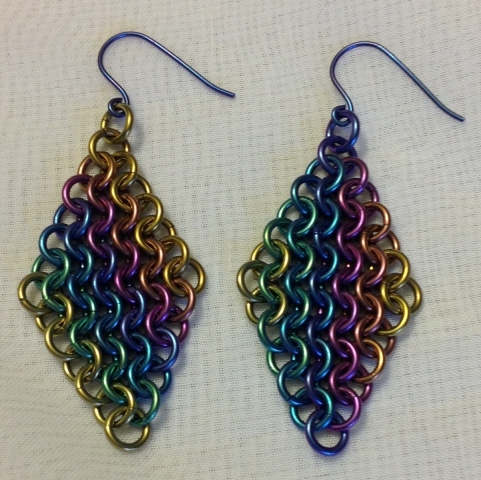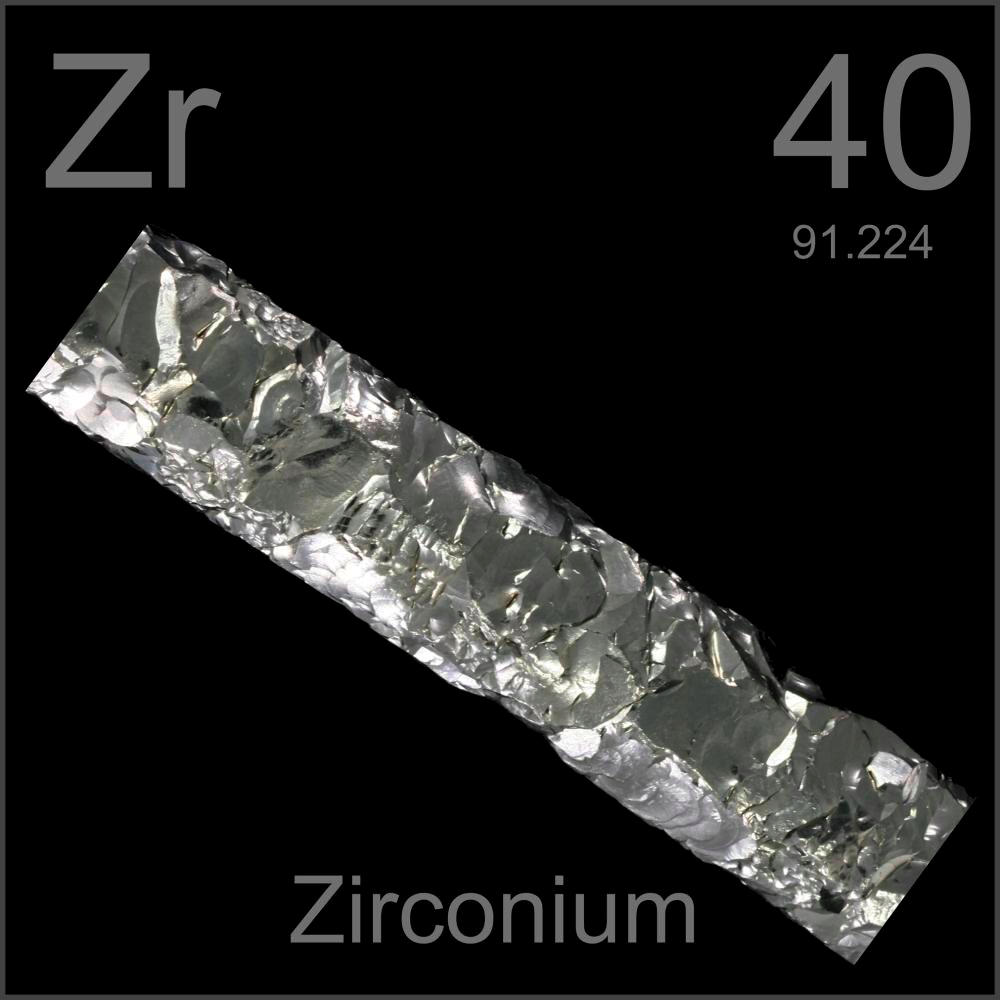| Molybdenum sulfide |
Monday, October 28, 2013
Molybdenum
Tuesday, October 22, 2013
Niobium
What is niobium?
Discovered by Charles Hatchet of England in 1801, niobium is a platinum white metal with a metallic shine to it. It is named for a character in Greek mythology, Niobe. She is the daughter of Tantalus. It was named after her because niobium is often associated with tantalum.
Niobium has also been called Columbium, since it was first discovered in Columbia, America. Though niobium is it's official name, it is still called Columbium by many people.
Niobium is a white metal, as I mentioned above, but its outer layer turns blue when exposed to room temperature air for too long. It is very ductile, malleable, and highly resistant to corrosion. It doesn't occur free in nature, and (as mentioned above) is almost always found with tantalum.
Niobium, much like tantalum, can act as an electrolytic valve allowing alternating current to pass in only one direction through an electrolytic cell. It is used for advanced air frame systems, and also in lamp filaments and jewelry... for jewelry, it can be colored using an electrolytic process.
 |
| Blue and silver niobium, side by side |
Niobium has also been called Columbium, since it was first discovered in Columbia, America. Though niobium is it's official name, it is still called Columbium by many people.
Niobium is a white metal, as I mentioned above, but its outer layer turns blue when exposed to room temperature air for too long. It is very ductile, malleable, and highly resistant to corrosion. It doesn't occur free in nature, and (as mentioned above) is almost always found with tantalum.
 |
| Some cool niobium earrings |
Niobium, much like tantalum, can act as an electrolytic valve allowing alternating current to pass in only one direction through an electrolytic cell. It is used for advanced air frame systems, and also in lamp filaments and jewelry... for jewelry, it can be colored using an electrolytic process.
Thursday, October 17, 2013
Zirconium
What is zirconium?
Discovered in 1789 by Martin Klaproth of Germany, zirconium was named for the mineral zircon. It is also thought to be named for the Persian word 'zargun', meaning gold-like, describing the color of the gemstones known as zircon, jargon, hyacinth, jacinth, or ligure.

Zirconium, however, looks very different from the gemstone. It is a grayish white metal, the polar opposite of the sunny gemstone shown to the right. If finely divided, zirconium can ignite on its own accord in the open air. The solid metal is usually quite stable though.
Zircaloy, a component that can be gotten from zirconium, is an important alloy for nuclear applications. Zirconium also has a low absorption cross section for neutrons, therefore making it very useful for nuclear energy applications, like cladding fuel elements.
Some more items zirconium is used for:
 |
| Zircon |
Zirconium, however, looks very different from the gemstone. It is a grayish white metal, the polar opposite of the sunny gemstone shown to the right. If finely divided, zirconium can ignite on its own accord in the open air. The solid metal is usually quite stable though.
Zircaloy, a component that can be gotten from zirconium, is an important alloy for nuclear applications. Zirconium also has a low absorption cross section for neutrons, therefore making it very useful for nuclear energy applications, like cladding fuel elements.
Some more items zirconium is used for:
- Acids (it is resistant to corrosion in seawater)
- Alloying agent in steel
- Getter in vacuum tubes
- Component in:
Surgical appliances
Photoflash bulbs
Explosive primers
Rayon spinnerette
Wednesday, October 16, 2013
Yttrium
What is yttrium?
 Discovered in 1794 by Johann Gadolin of Finland, yttrium got its strange name from the small village of Ytterby, near Vauxholm, Sweden. Ytterby is the village which has the quarry where the minerals erbium, terbium, and ytterbium are mined, hence the name "yttrium". Yttrium is pronounced "it-tree-um".
Discovered in 1794 by Johann Gadolin of Finland, yttrium got its strange name from the small village of Ytterby, near Vauxholm, Sweden. Ytterby is the village which has the quarry where the minerals erbium, terbium, and ytterbium are mined, hence the name "yttrium". Yttrium is pronounced "it-tree-um".
Yttrium is a metal with a silver luster to it. It is usually very stable in open air, except when it is very finely divided. Yttrium turnings will ignite in open air if their temperature is anything over 400 degrees celsius.
Yttrium is a component of the phosphors used to produce the red color in tv picture tubes. The oxides in it can be used in ceramics and glass, as yttrium oxides have high melting points and impart shock resistance and low expansion to glass.
* Yttrium garnets have a hardness of 8.5 on the Mohs scale, and are often used to simulate diamonds.
Yttrium is a metal with a silver luster to it. It is usually very stable in open air, except when it is very finely divided. Yttrium turnings will ignite in open air if their temperature is anything over 400 degrees celsius.
| Iron yttrium garnet |
Yttrium is a component of the phosphors used to produce the red color in tv picture tubes. The oxides in it can be used in ceramics and glass, as yttrium oxides have high melting points and impart shock resistance and low expansion to glass.
* Yttrium garnets have a hardness of 8.5 on the Mohs scale, and are often used to simulate diamonds.
Subscribe to:
Posts (Atom)